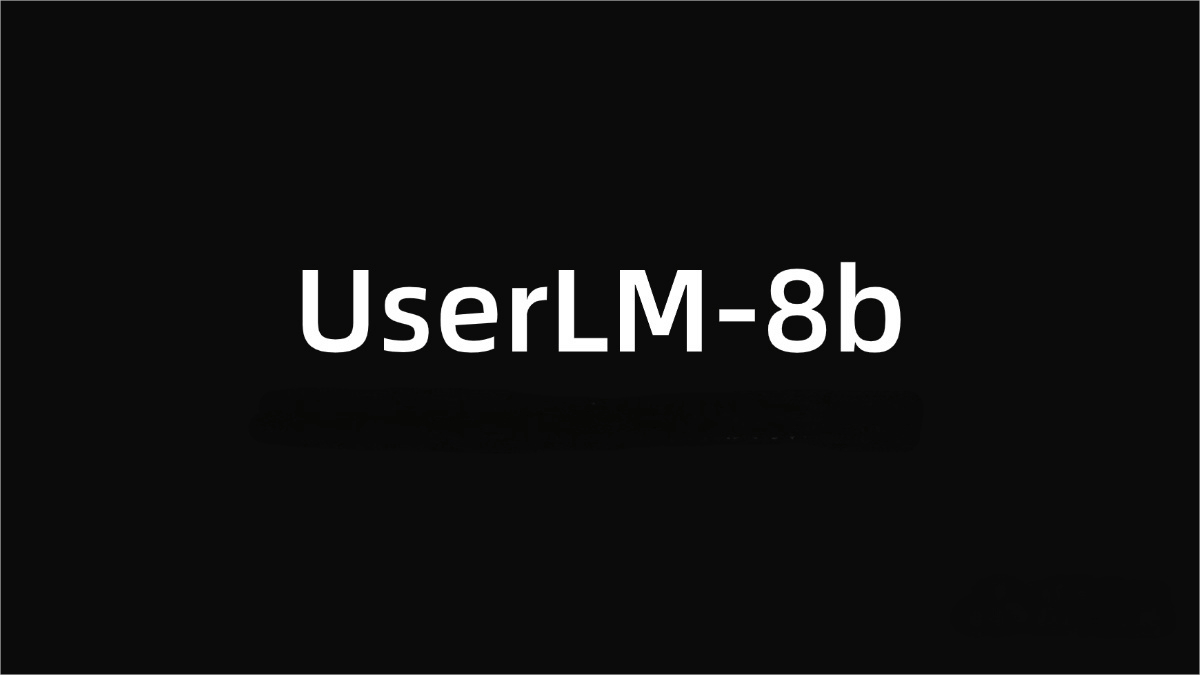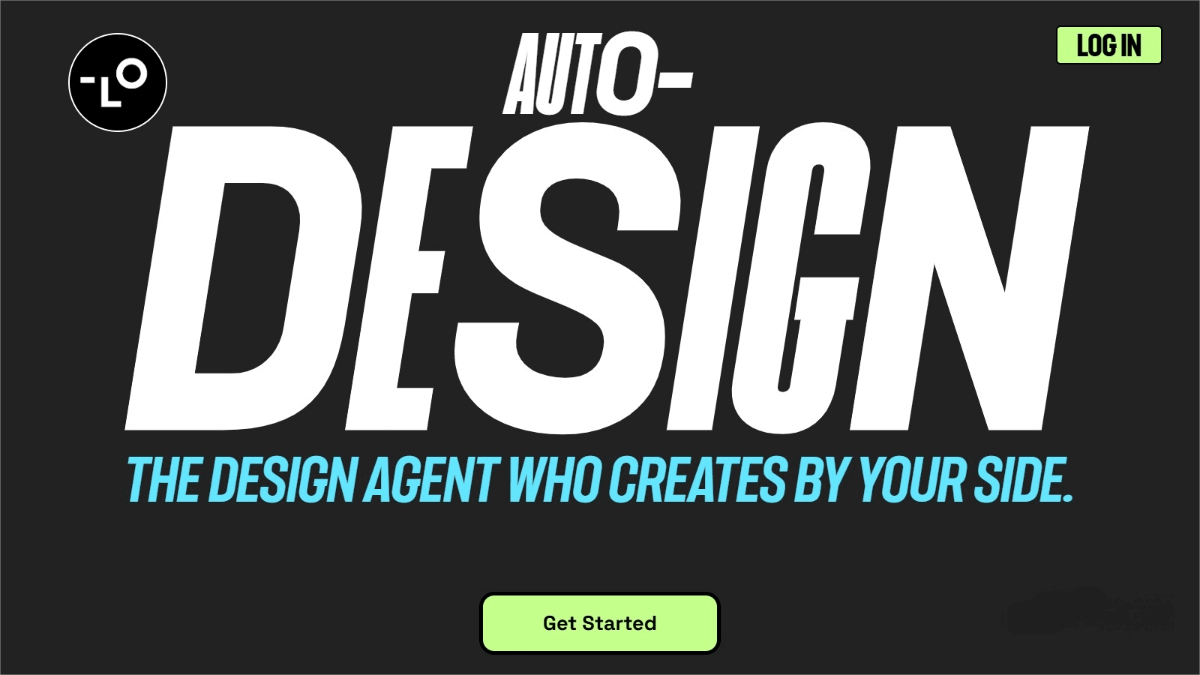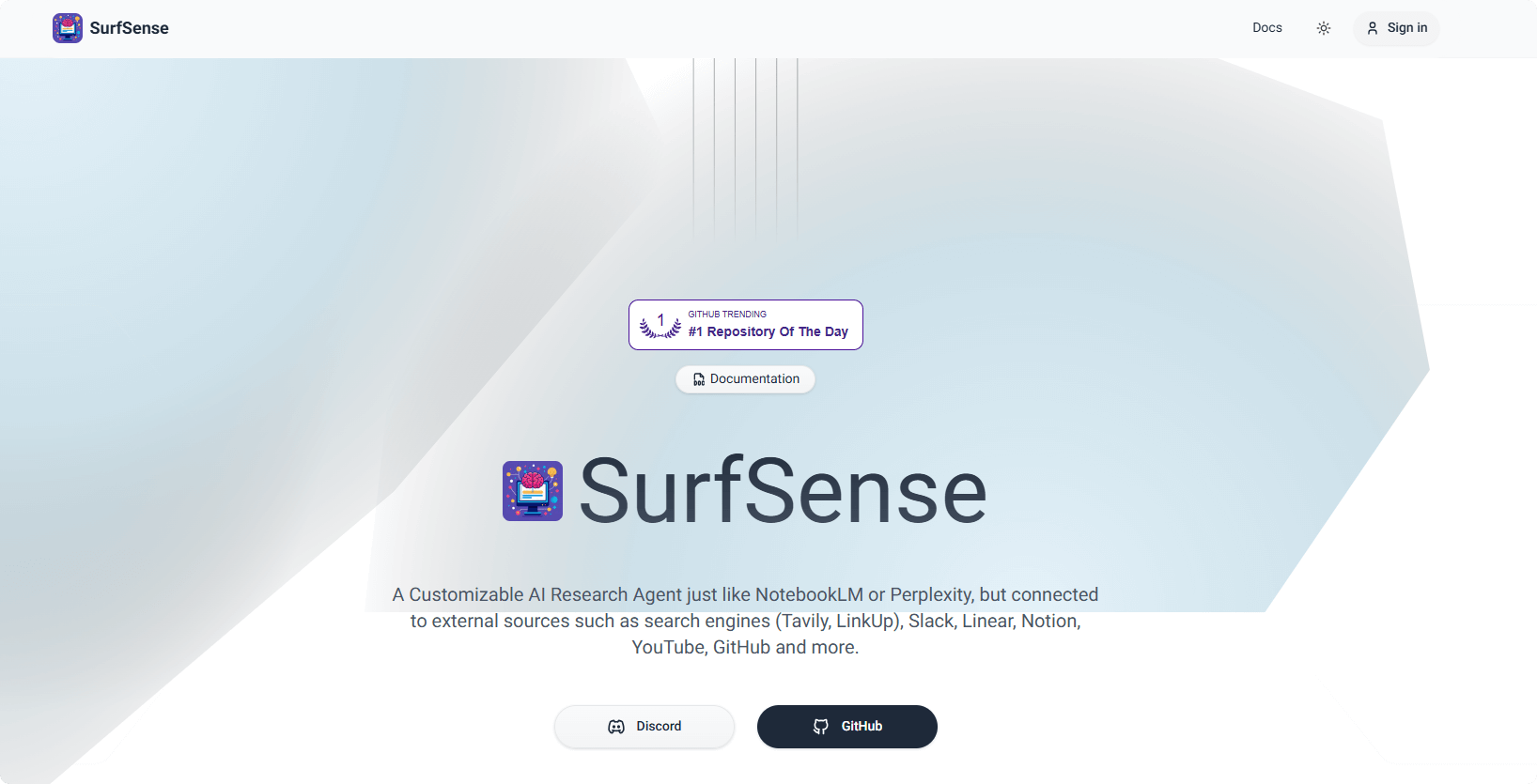The latest exclusive interview with Cursor’s CEO: All programming will be done with AI within five years
Cursor is undoubtedly one of the hottest AI products this year, with a valuation nearing $10 billion and a staggering $900 million raised in its latest funding round. It’s not just an AI assistant for coding—it pioneers the concept of “vibe coding,” a low-code or even no-code way to build software.

But succeeding in a market full of rebranded tools took much more than meets the eye. Before pivoting to AI-assisted development, Cursor’s founding team navigated tougher engineering fields, ultimately realizing: entrepreneurship is hard, so better do what you love.
On the Y Combinator podcast, Cursor’s CEO Michael Truell shared lessons learned from his two entrepreneurial journeys. One guiding principle stood out—even if it sounds cliché:
“Never doubt—believe until time proves you right.”
Below is a curated and edited transcript of the conversation:
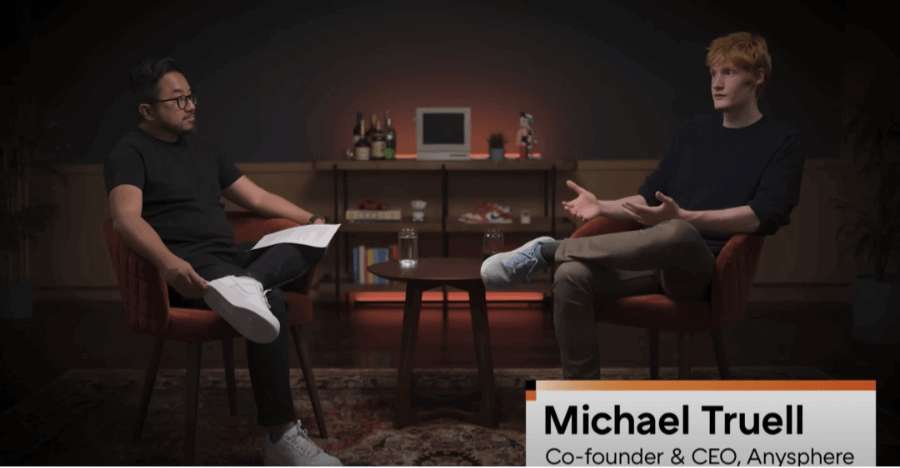
🗣️ Garry Tan:
Welcome, Michael. We all know and love Cursor. You’ve said Cursor aims to invent a new way of programming, where you just describe what you want and it builds it. Tell us more.
Michael Truell:
Yes. Our goal is to replace traditional coding with something better. My three co-founders and I have been programmers for a long time. What drew us to coding was the speed—you can build things fast. But programming still requires writing millions of lines in formal languages to get something on screen that’s easy to describe. We think over the next 5–10 years we can invent a new method to build higher-level, more efficient software. Cursor is our path to that future: start with AI-powered coding and evolve it into something that feels fundamentally different.
Garry Tan:
Some say that’s already here—you describe it, and it appears. Have we truly arrived?
Michael:
We are seeing meaningful change—especially in small codebases and among certain developer groups—people are programming at a higher level of abstraction. But there’s still a long way to go. Vibe coding only works if you understand the code. For million‑line codebases worked on by dozens or hundreds over years, you can’t avoid thinking in code.
Our focus is on professional developers—those whose job is building software. We see AI generating 40–50% of code lines in Cursor, but it’s still up to the user to read and understand that code. The next big leap is product: moving past productivity tooling to tools that help you read, write, and truly understand code.
Garry Tan:
Some startups are zero‑code, so isn’t that easier? Is there a scale where vibe coding won’t suffice?
Michael:
If you want code to remain stable long-term, vibe coding alone won’t cut it. In early-stage startups, code often lasts only weeks. Right now, AI can help—you delegate tasks, ask it questions. Programming is often predictable: when observing someone coding, you can tell what they’ll do in the next 10, 15, or 20 minutes. Vibe coding works in those moments, acting like an assistant.
As these tools mature, 25–30% of professional development could be fully AI‑driven end-to-end. The question becomes: how do we make that work in the real world? If Cursor helps translate ideas into screen output, users must still control the tiny details. That’s one of our UX challenges: always let users edit specific parts of logic.
An effective interface might list the software’s logic, letting you point and click to edit parts. If users no longer need to focus on code, that logic layer has to be higher-level. Once agents work well and the tab-based workflow is solid, will AI change what it even means to write and read code?

Garry Tan:
Is it about context window limits? Once you exceed around 1–2 million tokens—and only recently did we get to 2 million usable tokens—you need retrieval‑augmented generation (RAG). Then models lose context and can’t do what a human dev can.
Michael:
Right. There are many bottlenecks before agents reach human level. Context window is one. If your codebase is 10 million lines (~100 million tokens), you need a model that can ingest that—cost-effectively—and focus on the necessary context. That’s hard.
And it’s not just code. There’s continuous learning: knowing your org, past attempts, and keeping models continually updated. That’s a problem we still haven’t solved: there’s lack of long‑term context data. It’s a big bottleneck.
Recently, longest‑context models went from seconds to an hour on a single task—though performance varies across modalities. To behave like a true software engineer, models must run code, inspect logs, and mimic human dev tooling.
Another issue is UI: a plain text box to request changes is too imprecise. To give developers control over what’s on screen, you need a different interface. Maybe a higher-level language or direct interaction interface—point at something and say “change this,” or tweak values yourself.

Garry Tan:
That’s early stuff. Models don’t seem to have aesthetic sense, so maybe designers need oversight.
Michael:
It’s exciting to see aesthetic improvements. These models learn aesthetics not like humans, but via large datasets and reinforcement learning. If enough people care, you fund it—you train it and bake it into the base model.
Garry Tan:
Future engineers—what makes them irreplaceable? A sense of aesthetics?
Michael:
When people think aesthetics, they think UI. But non‑visual aspects need it too— how logic works. Intent‑driven programming defines what product is via logic you write; that high-level design aesthetic won’t go away.
Today, coding is manual compilation of intent to detail: loops, ifs, variables. Computers will fill in the blanks—but you’ll still need tools that realize your taste.
Garry Tan:
There’s a saying: good people help you reach what you can see. Great people bring you to an even higher level you can’t see. That requires aesthetic sense. You call it being a ‘logic designer’. In intent‑driven programming, what does that mean?
Michael:
As this tech matures and programming becomes automated, developers will become far more efficient. Big projects stagnate because of legacy logic. In small codebases, you can iterate quickly—but change something and you break everything.
In future, frameworks, databases, or design tools will be built much faster. AI models too—and labs often bottleneck on engineering. AI will massively accelerate that.
In my first job at a biotech company, they weren’t a software shop but had to build software intensely. It was painful and costly. That kind of company will gain much more leverage from tools like Cursor.
Garry Tan:
Switching gears, tell us Cursor’s origin story. You met your co-founders at MIT—Sule, Arvid, and Aman—and founded in 2022. What brought you together, and when did you realize you could aim big?
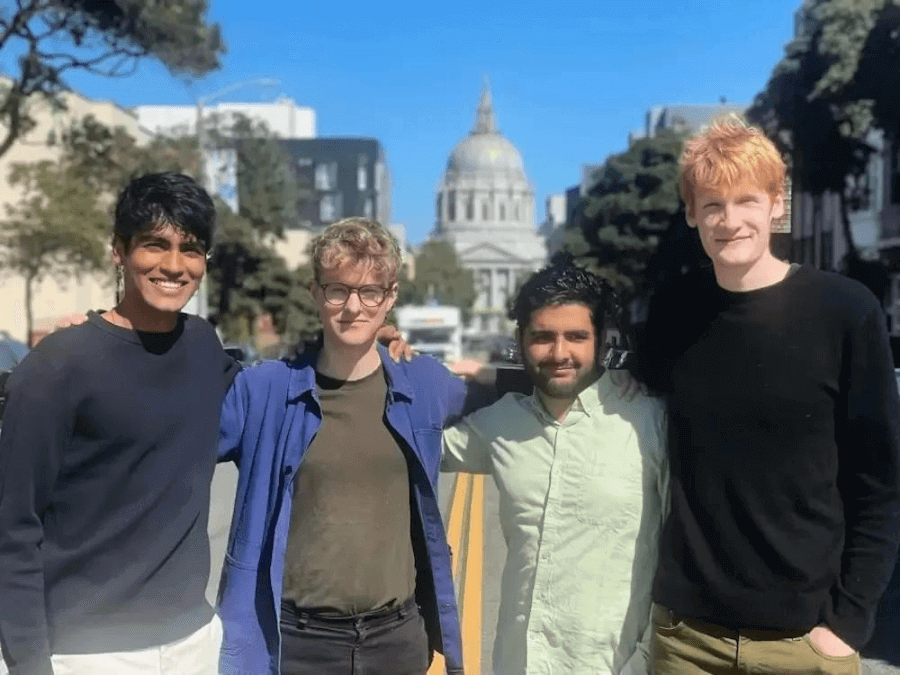
Michael:
We were young, naive, and ambitious. Cursor began as an exercise for four young engineers. Early projects: one of us worked to improve RL efficiency in robotics, another tried building a neural-network search engine. Others were in AI academia.
In 2021, two moments inspired us to build an AI-first company. First was using truly useful AI products—Copilot showed us AI could do something valuable. We knew these needed to enter the real world. Second was seeing scaling laws in research: models get better with more data and compute.
We picked the field of knowledge work—programming—and built a product knowing foundational tech would evolve. We didn’t know hardware price would stay flat, but building product data matters, not just scale.
We didn’t know CAD or mechanical at first, but we tried building a 3D autocomplete model. We spent a lot of user research with CAD users. But there was little data online; the world wasn’t ready.
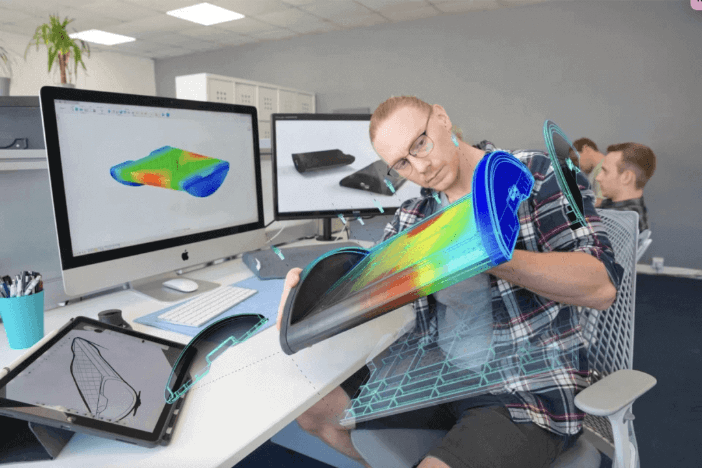
Garry Tan:
You sat with CAD users?
Michael:
Yes, we did many interviews. With hindsight, we should’ve done deeper company engagement. But early realism helps.
Garry Tan:
You were training models with RL and scaling clusters?
Michael:
Yes—and not many did then or do now. We built 40B+ parameter models, inference infra. At Cursor today, we run over 500 million model calls/day. That training and inference experience was vital to the Cursor UX.
Garry Tan:
That was brave—recognizing CAD wasn’t working and pivoting.

Michael:
It wasn’t whimsy. We were inspired by Copilot and Codex. To get funding for “crazy CAD idea,” we calculated building Codex cost ~$90–100K. It blew away investors and got us the seed for CAD. We always cared about programming direction.
We shelved CAD once it didn’t work—in part because progress by others was slower than we expected. And we truly believed programming would shift entirely via these models in five years. That belief, and paired ambition + execution, was missing in other entrants.

Garry Tan:
Sam Altman said betting models won’t get smarter is a bad bet; you all placed that bet a year early.
Michael:
Yes. Internally we coined “follow the line”—stay on the scaling curve and build ahead. Design and roadmap must follow model leaps.
Garry Tan:
Peter Thiel asks “what do you believe that others don’t?” You believed—and were proven right. That’s why you reached the puck’s landing point.
Michael:
Yes. What we believed in early 2022 was ahead of the mainstream—but then GPT‑3, Copilot, InstructGPT, DALL·E, PaLM, Stable Diffusion, RLHF, GPT‑3.5—and model advances while training costs stayed flat (rumor: only 1% higher from GPT‑3 to ChatGPT). It was a crucial inflection point.

Garry Tan:
Any product choices based on believing models would get much smarter—to help you win?
Michael:
One apparently odd decision: don’t build an extension, build a full editor. That choice came from a radical vision: future programming will happen through models—and to get there you need full control of the UI. You can’t be shackled to someone else’s interface.
Garry Tan:
It’s 2025, we’re only entering the “smart era.” What excites you most?
Michael:
The next decade will amplify creativity—power will shift to those in creation. More people than ever will be able to build thanks to these tools.
Related Posts

